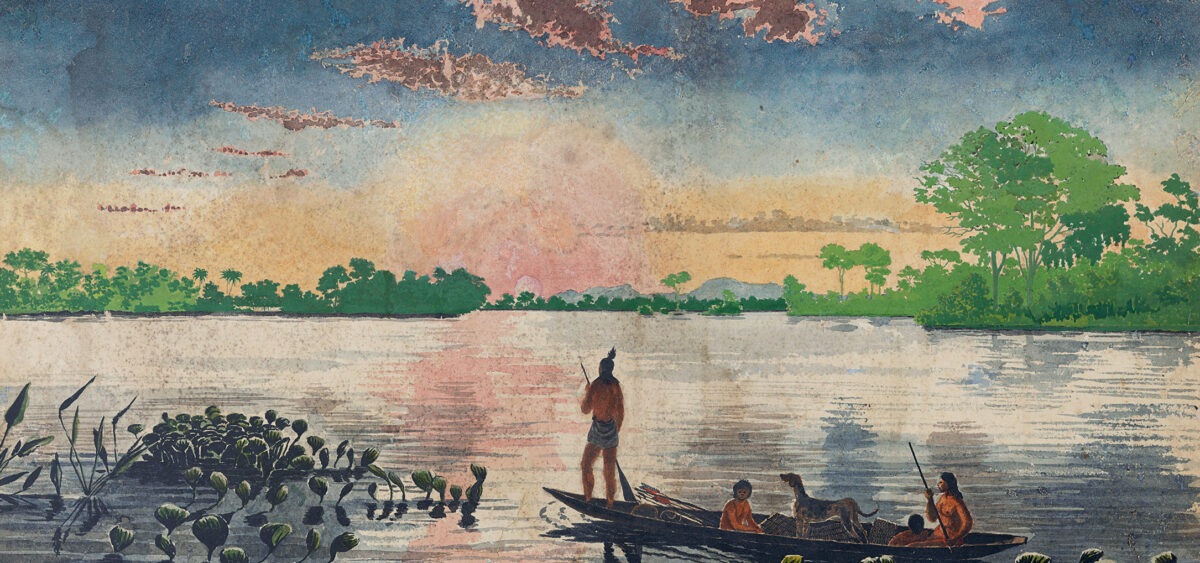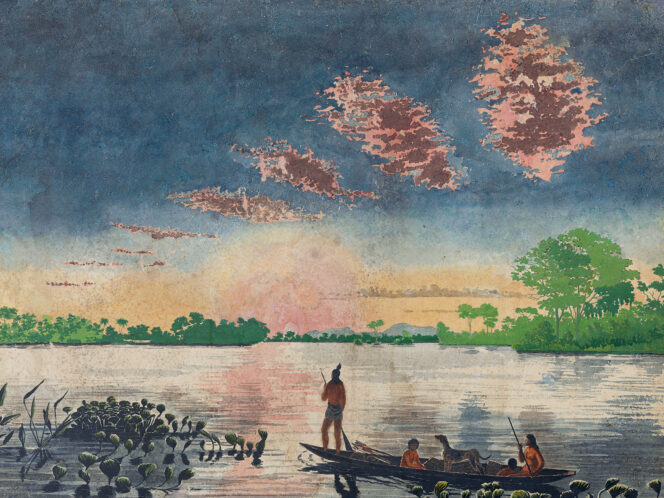
Here is the first photographic album in history, a perfect combination of science and art. Its author, Anna Atkins, remained anonymous for over 100 years. Today, her blue world regains its shine.
The fact that Anna was born in 1799 in England was not conducive to her scientific career. In the Victorian era, with its biological determinism and puritan morals, a woman was seen first and foremost as a mother and a matron. Anna’s own mother – having fulfilled her main social duty – got ill in childbirth and a year and a half later orphaned her baby. The bitter irony of this stroke of fate is perhaps such that this tragedy helped Anna to fulfil her passion. The strong bond with her father, John George Children, allowed her to progress in a field that transgressed the narrow stage assigned to the social role of a woman. The father, a respected chemist and zoologist, secretary of The Royal Society, not only inspired his daughter’s interest in nature, but also facilitated her








